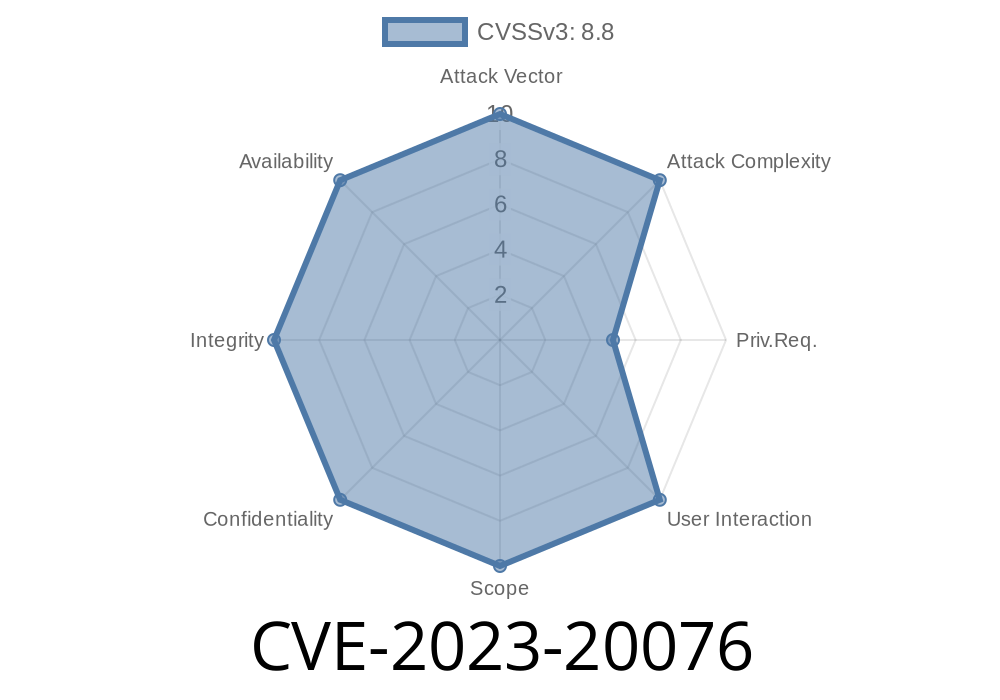A concerning vulnerability has been identified within the Cisco IOx application hosting environment (CVE-2023-20076) that poses a serious threat to those running the application on their systems. By exploiting this vulnerability, an authenticated, remote attacker could execute arbitrary commands as root on the host operating system. This attack leverages and takes advantage of an incomplete sanitization of parameters passed during the activation of an application.
In this post, we go over the details of the exploit, including relevant code snippets and links to original references. We aim to present this information in simple, understandable language to help you gain a clear understanding of the issue and potential risks.
Exploit Details
The root cause of this vulnerability lies in the incomplete sanitization of parameters that are passed in for activation of an application. When an attacker deploys and activates an application in the Cisco IOx application hosting environment with a crafted activation payload file, they can exploit this vulnerability.
To better understand this exploit, consider the following code snippet
// Example of a flawed function within Cisco IOx
void activate_application(char *activation_param)
{
// ... (other code)
// System call with activation_param - this is where the vulnerability occurs
system(activation_param);
// ... (other code)
}
// Attacker may have the following crafted activation payload file
char crafted_activation_payload[] = "crafted_activation.sh; arbitrary_command_here";
Here is how the exploit may occur
1. An attacker creates a crafted activation payload file that contains a delimiter and an arbitrary command (e.g., crafted_activation.sh; arbitrary_command_here).
2. The attacker deploys and activates an application within the Cisco IOx environment, including the crafted payload file.
3. The activate_application function within Cisco IOx incorrectly sanitizes the supplied parameter, leading to the arbitrary command executing as root on the host operating system.
To verify this information and learn more about this vulnerability, refer to the following resources
- The official Cisco Advisory: Link to Cisco Advisory on this vulnerability
- The National Vulnerability Database (NVD): Link to NVD entry for CVE-2023-20076
Conclusion
The health and security of your system are crucial, and as such, taking note of vulnerabilities like CVE-2023-20076 is an essential preventative measure. Understanding the exploit and implementing recommended security updates will go a long way in bolstering your overall security posture. Users of Cisco IOx application hosting environment should apply the appropriate updates or mitigations to ensure the security of their systems.
Timeline
Published on: 02/12/2023 04:15:00 UTC
Last modified on: 04/05/2023 16:15:00 UTC
